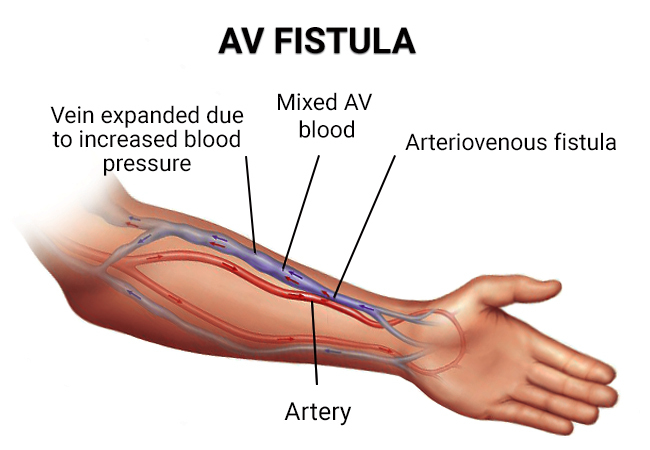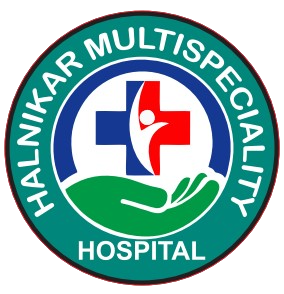A.V. Fistula (Arteriovenous Fistula) & A.V. Malformation (AVM):
A.V. Fistula (Arteriovenous Fistula) & A.V. Malformation (AVM):
An A.V. (arteriovenous) fistula and A.V. malformation (AVM) are two distinct vascular conditions, each requiring different approaches for treatment:
A.V. Fistula (Arteriovenous Fistula):
An A.V. fistula is an abnormal connection or passageway between an artery and a vein. This condition can occur due to various reasons, such as trauma, surgical procedures, or congenital abnormalities. In the context of healthcare, A.V. fistulas are often intentionally created surgically for medical purposes, primarily in patients requiring long-term hemodialysis for kidney failure. The surgical creation of an A.V. fistula allows easier access for dialysis by enlarging and strengthening the veins for repeated needle insertions.
Treatment: Surgical correction may involve repairing or closing the abnormal connection between the artery and vein. For instance, if an A.V. fistula is causing complications or symptoms, surgical intervention might be necessary to correct the abnormality and restore normal blood flow.

A.V. Malformation (AVM):

An AVM is a tangled web of abnormal arteries and veins, lacking the necessary capillaries that usually connect arteries and veins. This tangled network of blood vessels can occur anywhere in the body but is often found in the brain or spinal cord. AVMs can be present at birth or develop later in life and can sometimes cause symptoms such as headaches, seizures, or neurological deficits if they bleed or put pressure on surrounding tissues.
Treatment: The management of AVMs varies depending on their size, location, and symptoms. Treatment options may include embolization (injecting a substance to block blood flow), surgical removal, or radiation therapy. The choice of treatment depends on factors such as the AVM’s size, location, and the individual’s overall health.

